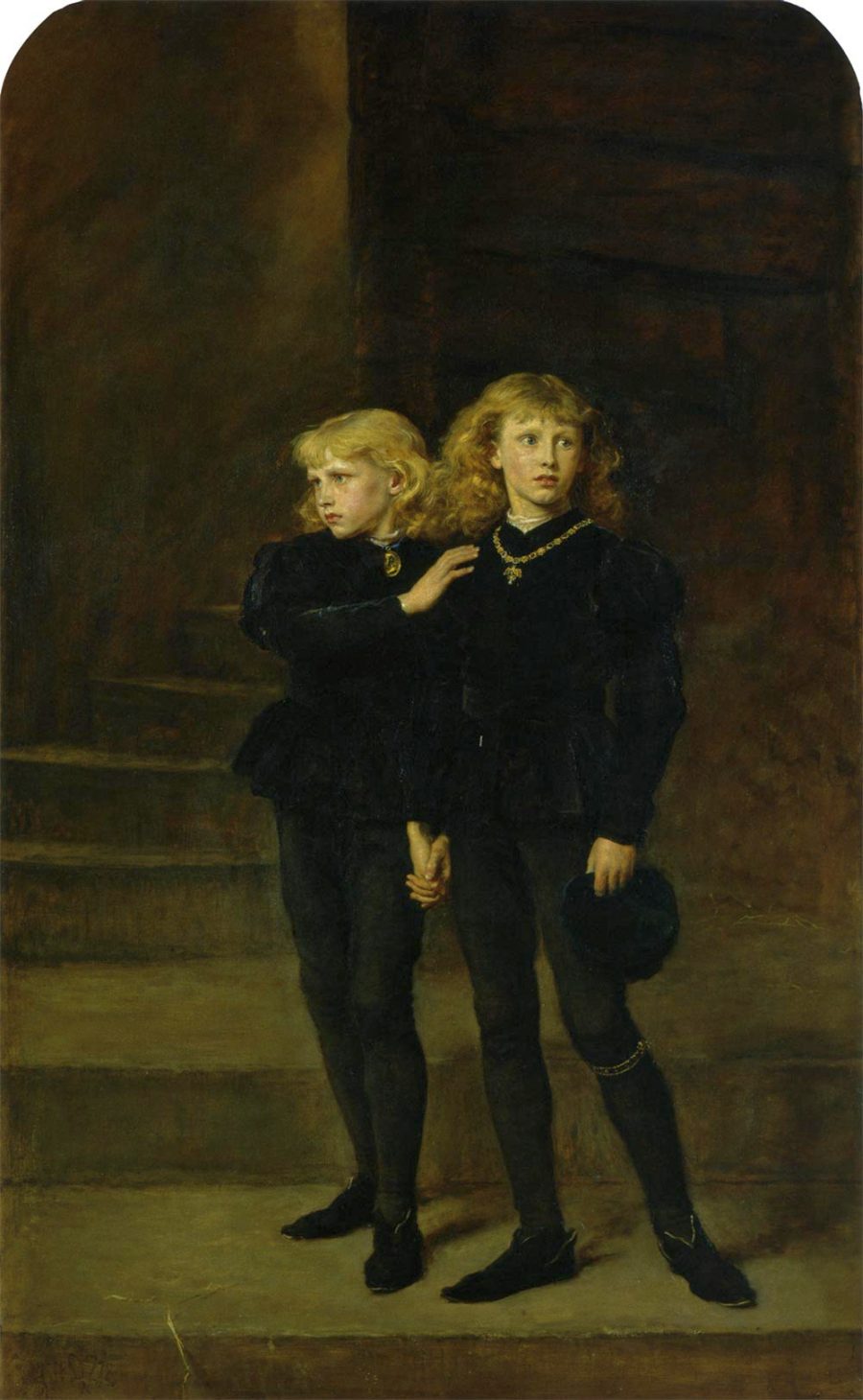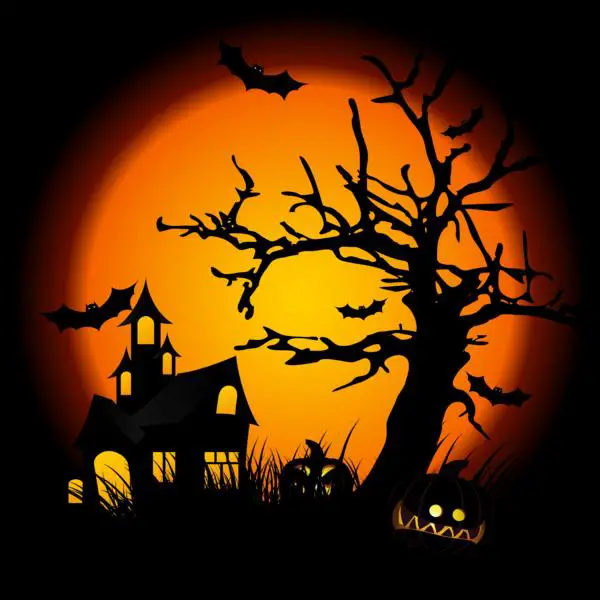
This is Part I of a four-part series by Heather R. Darsie, which seeks to look at what were considered the attributes of a Renaissance prince, and who of our four princes embodied the ideals of the Renaissance best.
What were some of those themes?
The idea of a Renaissance man stood for a person who strove to embrace knowledge and develop himself. This included concepts such as the arts, knowledge, physical achievements, and social ideals. More plainly and for a prince, this could include cultivating a court known for patronising artists, musicians, and the like; establishing educational institutions, a good degree of physical fortitude, and things such as chivalric love or engaging in acts of charity.
During this series, we will compare James IV of Scotland, Francis I of France, Henry VIII of England, and the Holy Roman Emperor Charles V. Please do leave a comment; I would enjoy hearing your thoughts!
And now, onto our first prince, James IV of Scotland!
James IV was born 17 March 1473 and ruled over Scotland from 1488 until his death at the age of forty on 9 September 1513. While king, James secured a papal bull that allowed William Elphinstone, Bishop of Aberdeen, to found the King’s College at Aberdeen in 1494. King’s College later combined with another university and today forms Aberdeen University, and still exists as Aberdeen University to this day. Aberdeen Universtiy’s coat of arms bears the non-official, differenced version of the King’s College and also of William Elphinstone.
In 1496, the Education Act was passed, and James was able to make education compulsory for wealthy landowners. The following year, a Chair of Medicine was established at King’s College. The Surgeons and Barbers of Edinburgh were incorporated in 1506 and became the Royal College of Surgeons of Edinburgh. By 1507, James allowed for Andrew Myllar and Walter Chapman to set up Scotland’s first printing press in Edinburgh.
James’s court had Scots Makars there, who were poets. They would hold “flytings,” or literary battles, for the court. The Makars are of great cultural importance to this day, as they give us a good snapshot of what life was like during the period. As a point of interest, it should be noted that James spoke at least six languages, including French, German, English, Latin, Flemish, Spanish and Gaelic.
As a patron of the arts, James had tapestries displayed at his palaces of Edinburgh, Stirling, Falkland, and others. James also enjoyed music, maintaining several musicians at court. He had an interest in science, too, and maintained the alchemist John Damian, who most notably conducted experiments in the fields of alchemy and aviation.
James was reasonably skilled in statecraft, having finally brought the bringing the Lord of the Isles to heel. He did indulge Perkin Warbeck, the Yorkist Pretender to the throne of England, as a way to exert some control over Henry VII of England. James was busy with the ladies, as well; he had four different mistresses and at least five illegitimate children, along with the six legitimate children he had with his queen, Margaret Tudor.
What do you think of James IV as a Renaissance prince?
Heather R. Darsie lives in the United States with her family and three parrots. She works in the legal field, with a focus on children. She obtained a Bachelor of Arts degree in German Languages and Literature, then a Juris Doctorate in American jurisprudence, and studied abroad in Costa Rica and France. Heather has always loved history. She first became acquainted with Elizabeth I when she was in middle school and chose to write a book report about her. Since then, she has always held an interest in the Renaissance and its numerous enigmatic citizens, with particular focus on the history of England and Italy. She is currently working on a book on the heraldry of Tudor women and is also researching Anne of Cleves.
Sources & Suggested Reading
Picture: James IV, copy by Daniël Mijtens of lost contemporary portrait.
- Encyclopædia Britannica Online, s. v. "Renaissance man", accessed 27 October 2016. https://www.britannica.com/topic/Renaissance-man.
- Encyclopædia Britannica Online, s. v. "James IV", accessed 27 October 2016. https://www.britannica.com/biography/James-IV-king-of-Scotland.
- “The Founding of Ancient Scottish Universities”, accessed 26 October 2016. http://www-history.mcs.st-and.ac.uk/Extras/Universities_founding.html
- “Heraldry of Aberdeen University”, accessed 29 October 2016. http://www.ngw.nl/heraldrywiki/index.php?title=University_of_Aberdeen
- “Renaisance Scotland: James IV”, accessed 29 October 2016. http://www.educationscotland.gov.uk/scotlandshistory/renaissancereformation/jamesiv/index.asp
- “King James IV of Scotland (1488-1513),” accessed 28 October 2016. http://www.britroyals.com/scots.asp?id=james4_scot
- “Scotland Timeline”, accessed 26 October 2016. http://www.nytimes.com/fodors/top/features/travel/destinations/europe/unitedkingdom/scotland/edinburgh/fdrs_feat_61_5.html?n=Top%2FFeatures%2FTravel%2FDestinations%2FEurope%2FUnited+Kingdom%2FScotland%2FEdinburgh
- "Spain: July 1498, 21-31," in Calendar of State Papers, Spain, Volume 1, 1485-1509, ed. G A Bergenroth (London: Her Majesty's Stationery Office, 1862), 167-180. British History Online, accessed 13 October 2016. http://www.british-history.ac.uk/cal-state-papers/spain/vol1/pp167-180.
- Lindsay, Robert. The Cronicles of Scotland. Vol. I. Edinburgh: George Ramsay & Company (1814).



Love the Renaissance Era, you did a nice job writing about James IV. Keep up the good research!
John Damian was a bit of a tartar wasn’t he? The flying priest..
was his wife Margaret Tutor the sister of Henry VIII ?
Yes, James IV was married to Margaret Tudor, daughter of Henry VII and sister of Henry VIII.
Thank you for such an interesting article. I’m just starting this series, and after doing 3 lessons in The Warrior Kings course, it’s nice to read about accomplishments in the arts and education rather than all military victories and/or losses!